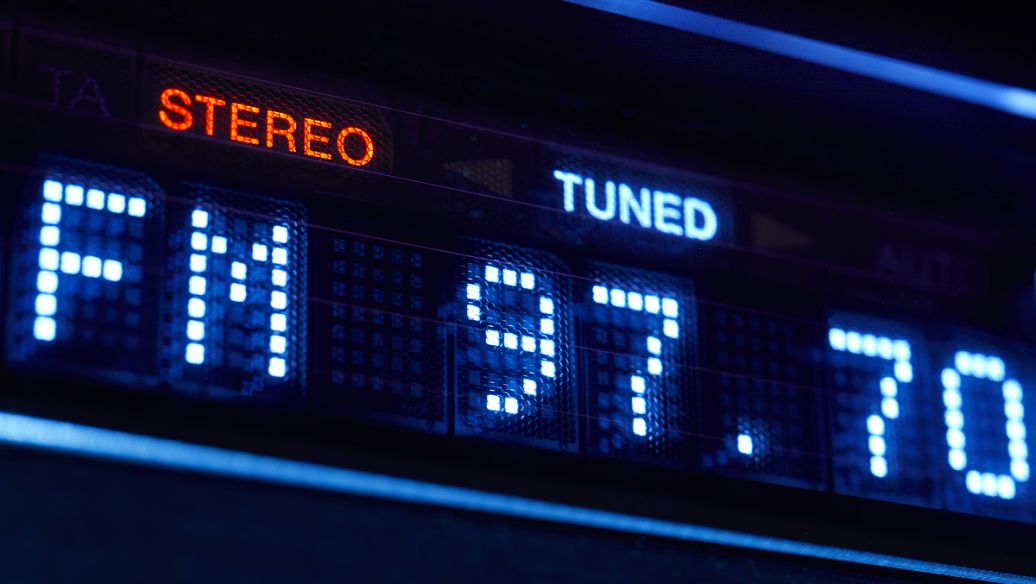

time:2021-10-19 Views:23
The infrared receiving head is an integrated receiving head composed of an infrared receiving tube and an amplifying circuit. The amplifier usually consists of an integrated block and several resistance capacitors and other components, which need to be sealed in a metal shielding box, so the circuit is complicated and the volume is small.
Because in the engineering production process, the circuit board is spot welded first, and then the accessories are inserted, so the engineering needs to understand the pins of the infrared receiver to make the pins match the circuit board correctly. So how to distinguish the three pins of the infrared receiver?
There are generally two methods, one is the simplest, let the infrared receiver supplier provide the model specifications, and distinguish the pins of the receiver by the specifications. Second, use a mechanical meter to measure the resistance of the two legs and find the one with the smallest resistance. At this time, the meter rod cannot move, the red meter rod is connected to Vcc, the black meter rod is grounded, and the other foot is connected to the signal pin (IR).

The three pins of the infrared receiver are GND, Vcc, and Out, that is, ground, power and signal output. Different types of infrared receivers have different pins.
The internal amplifier gain of the infrared receiving head is large, which is easy to cause interference. Therefore, the receiving head VCC (voltage) PIN pin and GND (grounding wire) PIN pin must be equipped with a filter capacitor. After an expert test, a 47uf ceramic capacitor (note: the capacitor plus 100uf or 20uf capacitors) Can shorten the receiving distance of the receiving head).
Infrared integrated receiving head: The infrared receiving head is generally an integrated receiving head for receiving, amplifying and demodulating. Generally speaking, after the infrared signal is demodulated by the receiving head, the difference between data 0 and 1 is usually reflected in the time length of the high and low level or the signal period. When the single-chip microcomputer is decoding, the output pin of the receiving head is usually connected with the external interrupt of the single-chip microcomputer, and the timer is used to determine the time of the external interrupt interval to obtain the data. The point is to find the waveform difference between data 0 and 1. The output terminal can be connected to CMOS and TTL circuits, and is widely used in air conditioners, TVs, VCDs and other electrical appliances.